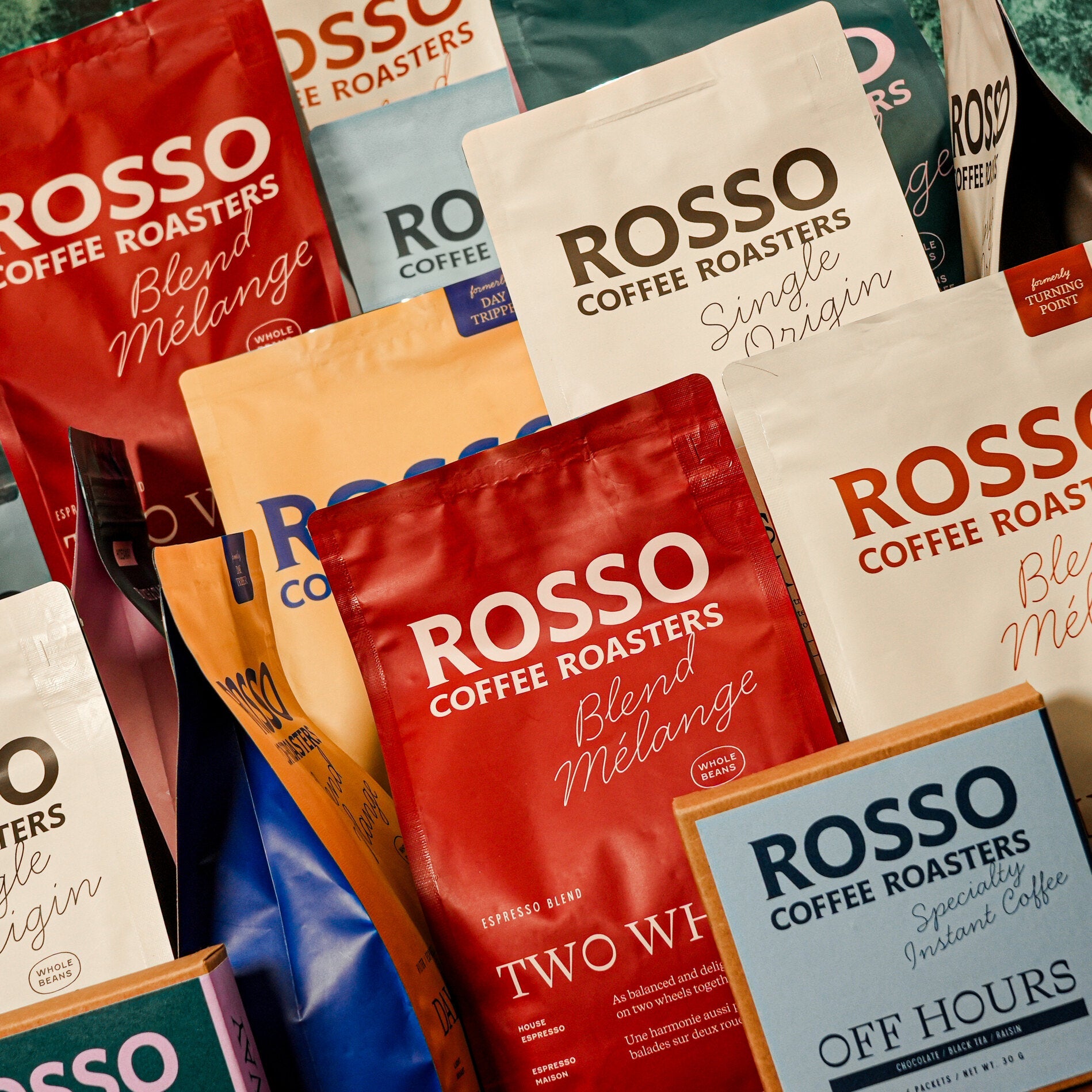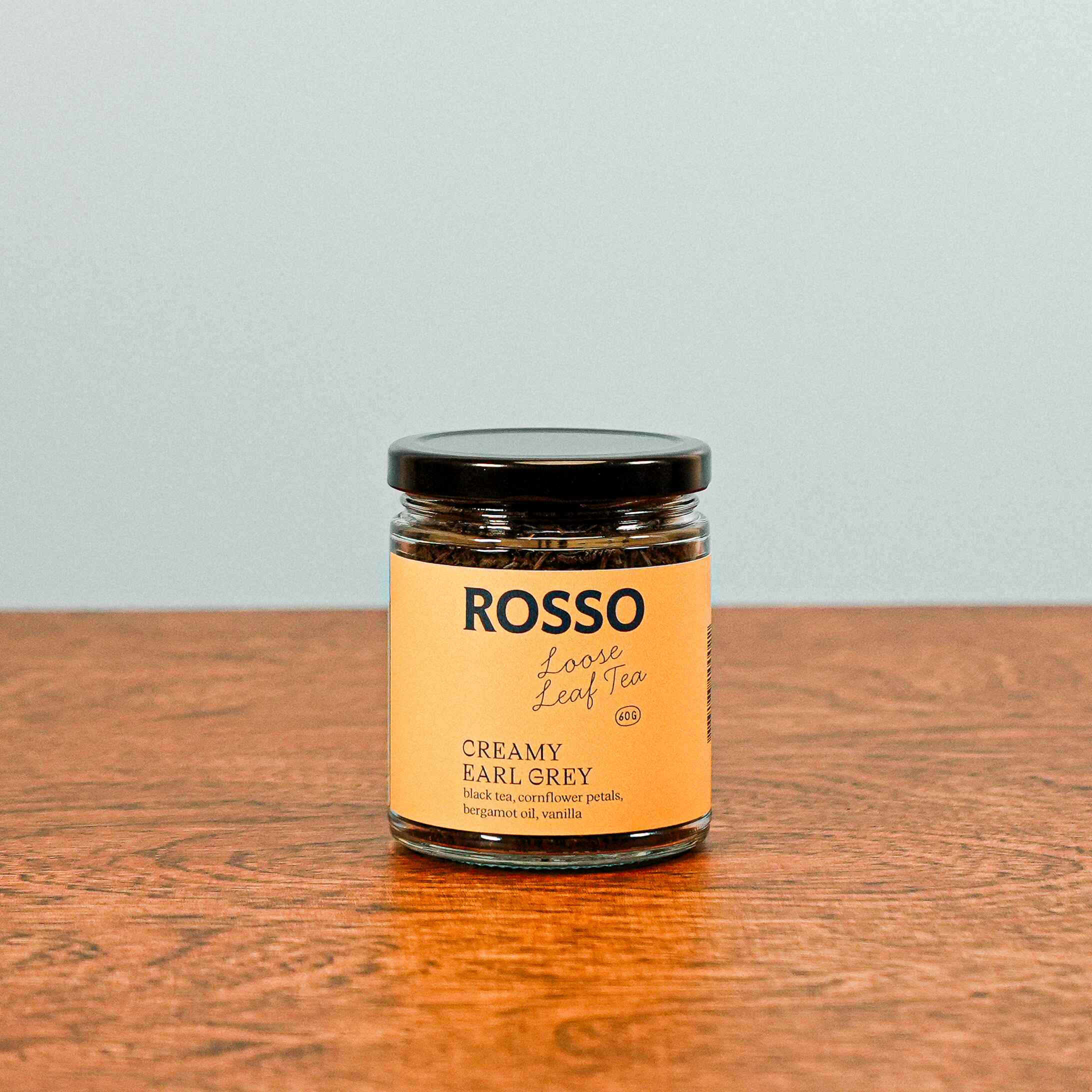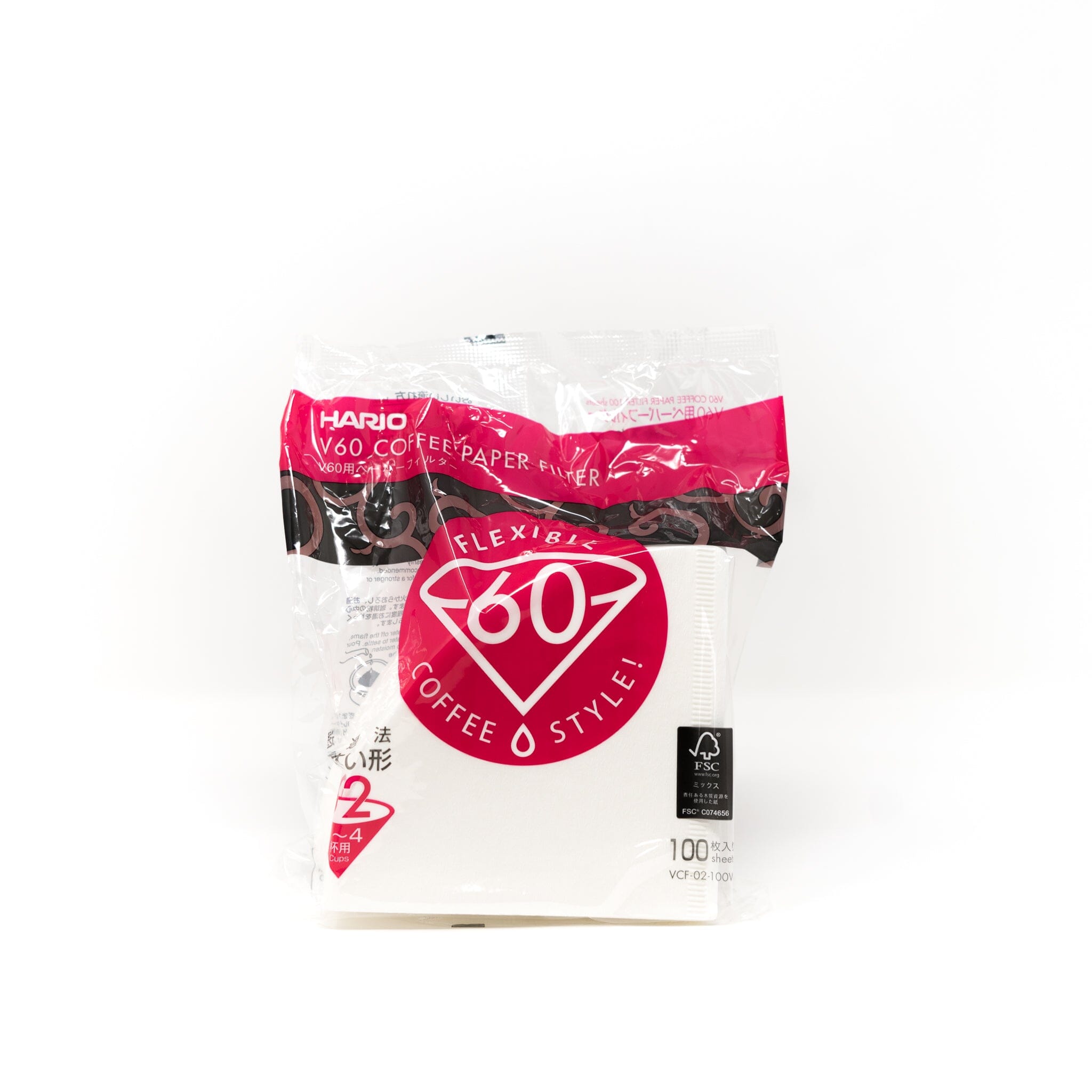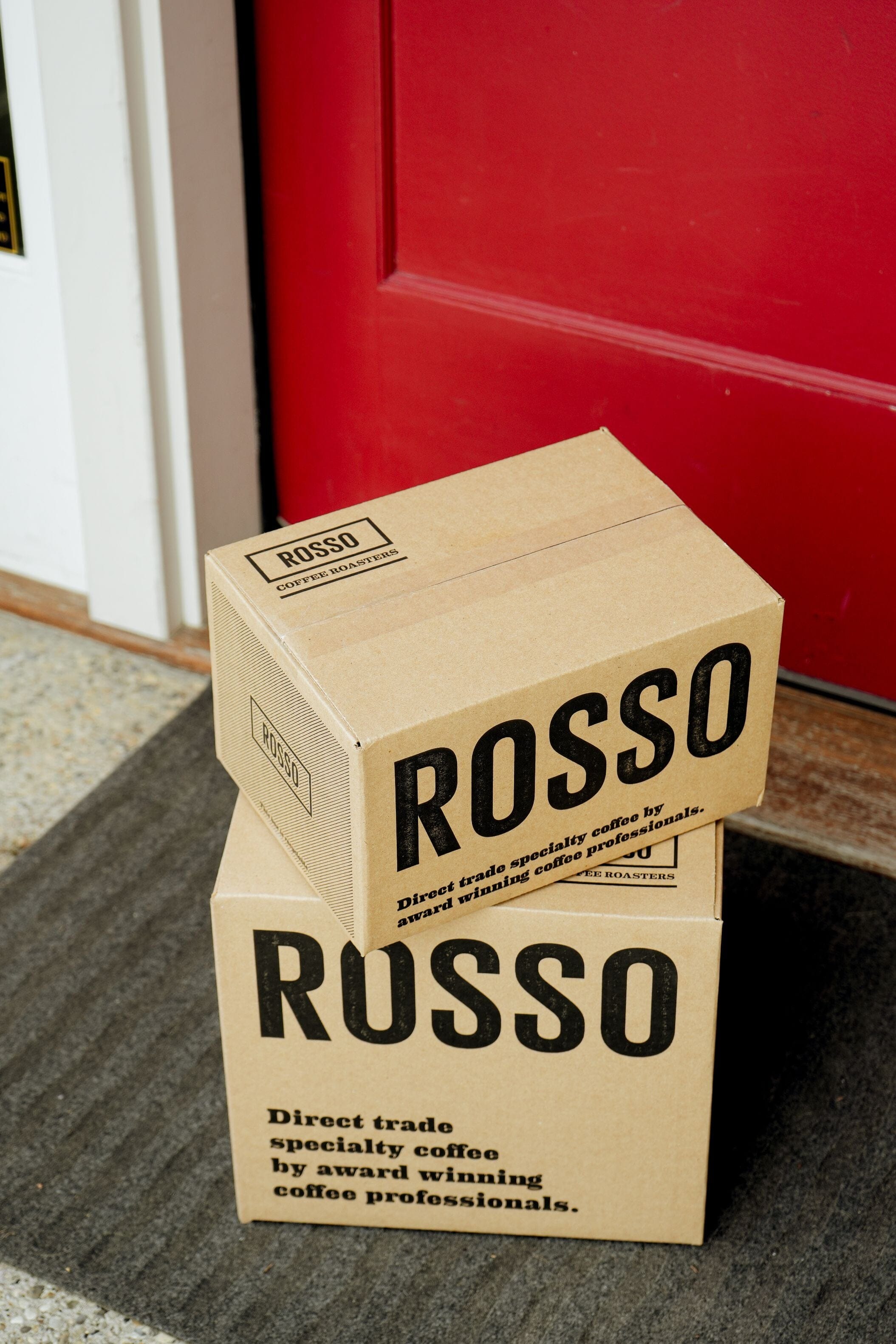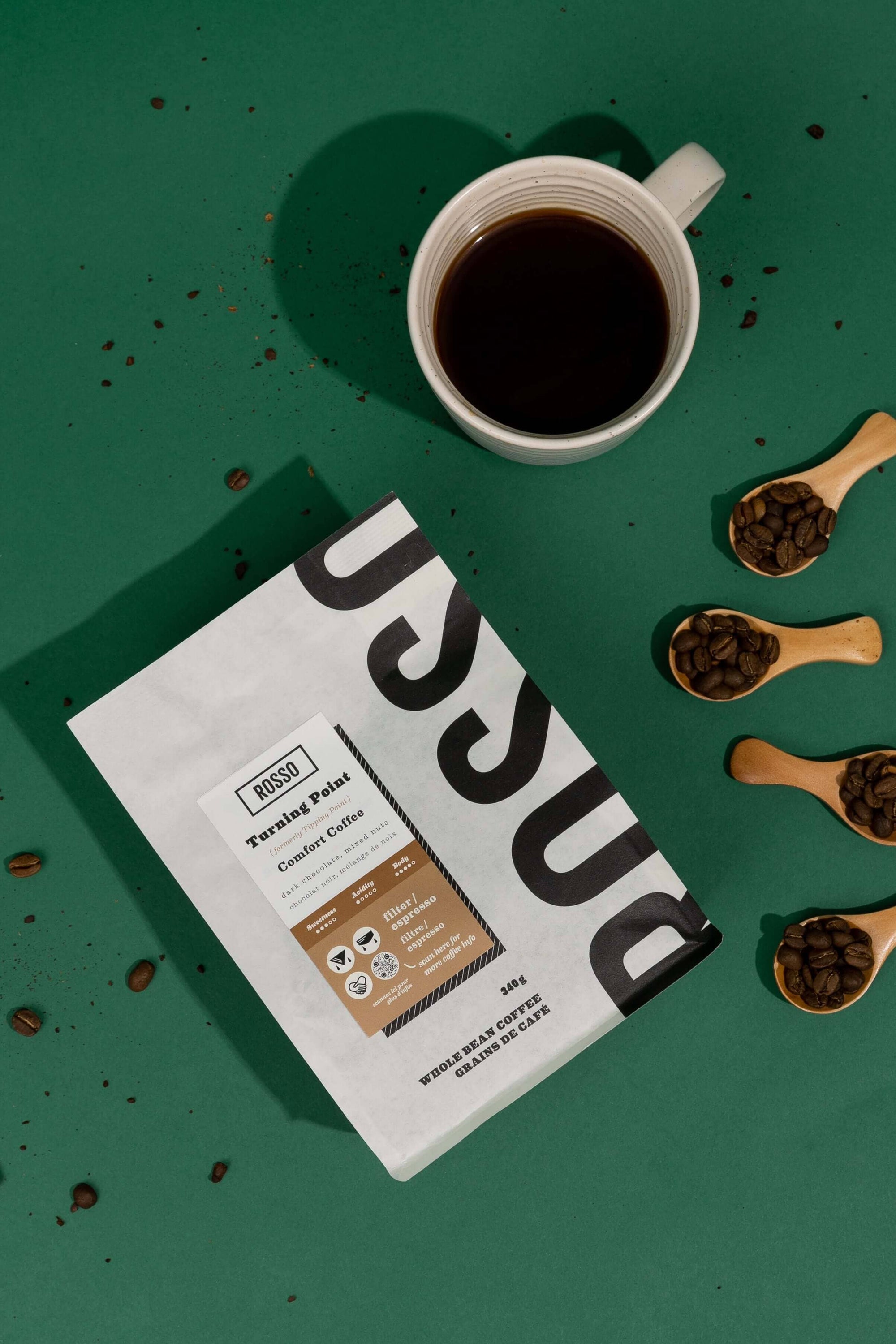

Brew Tips for Darker Roasted Coffees
This post is aimed at our customers who love those classic coffees. Think dark chocolate and mixed nuts, a great pairing with a splash of milk to really kick-start your day. Maybe rather than a lighter, fruitier cup, you like those coffees that focus on increasing the body and mouthfeel. Here, we give you some tips on how to bring out the sweetest flavour profiles in our darker roasted coffees, so they taste as delicious as possible.
As roasters have pursued lighter roasting, brewing techniques have also been adjusted to adapt around denser coffee beans. Unfortunately, a specific approach for dark roasts was left unconsidered for years. As the specialty industry comes out of its collective obsession with lighter coffee, to embrace the whole spectrum, we’d like to give darker roasts the love they deserve.
Read more about the medium to darker roasts we have on the menu, below:

Basecamp—is a classic coffee profile. Our darkest offering, sporting notes of dark chocolate and molasses. It’s a smooth, rich and full-bodied cup.

Turning Point—a comfort coffee. Not as dark as our Basecamp blend, you’ll also find ample chocolate notes in this one, while accompanied by a nuttier flavour profile to round it off.
BREW TIPS:
Grind Size:
For these two coffees, you’ll want a coarser grind size. Relatively coarser from whatever you would use for a light-medium coffee. Or whichever brew method you’re using. Try adjusting a few notches coarser on your grinder. Or, if you’re getting your coffee ground at a cafe, request a slightly coarser than normal grind setting.

Brew water temperature:
For darker roasted coffee, lower temperatures are best. Dark roasted coffee is more soluble because it’s been roasted longer. Thus, using fully boiled water has more potential of over-extraction and the kinds of associated bitter flavours that come with that. Maybe you buy Turning Point or Basecamp for their lower acidity, but you don’t want that bitter taste. You just want a less tart coffee. With a slightly cooler temperature (85-90°C), you will find more of that sweetness and the delicious smooth aspect you’re looking for in these coffees.

Brew Ratio:
You’ll want to use a little more coffee for Turning Point and Basecamp. If you normally use 20g, try 21g. Since it’s more soluble, you don’t need the same volume of water to extract everything from it. That’s part of why our espresso roasts, like Two Wheel, are a little darker. They’re easier to dissolve with that small amount of water. With a smaller amount of water and more coffee, it can reduce the chance of being overly bitter and bring out that smooth caramel, dark chocolate taste you’re hoping for.
We normally recommend brewing our coffee at a ratio of 1 part coffee to 16 parts water. A classic dark roast can benefit from a stronger 1:15 ratio, emphasizing the body of the coffee and potentially avoiding exceptional bitterness from over-extraction.

Still have questions? Check out these Frequently Asked Questions for help with brewing your medium to darker roasted coffees:
I taste bitterness—what can I change to avoid that?
Using more coffee, coarser grounds or less water will help with bitterness. To keep the impact of your variables clear, try to only adjust one of these tips at a time.
What can I do to get more body in my cup?
Often, the body in a cup of coffee has a lot to do with the characteristics of that bean. Though, how you brew also affects the body in the cup. Brew methods with paper filters, like pourovers, are aimed towards more clarity in a cup, whereas french press will promote a cup with more body and richness.
Is there more caffeine in darker roasted coffees?
Caffeine is better preserved in lighter roasted coffee, and is slightly reduced the farther along the roast spectrum you travel. Though, if you’re following the tips outlined above, such as adding a bit more coffee, then the difference is negligible.

With these simple and effective tips, you’ll take your more developed coffees to the next level!
Let us know in the comments below how your cup turned out when using these pointers.
